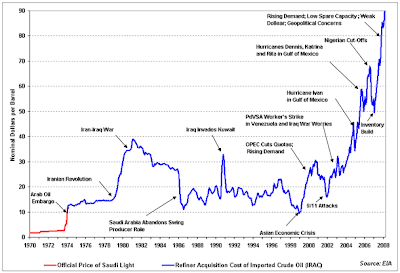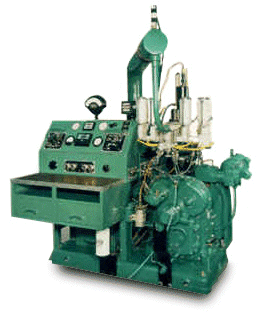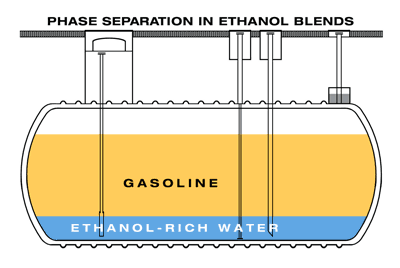
OPEC, at its meeting Sunday (March 15, 2009) in Vienna decided not to ask members to cut output any further. This decision will hold off any official changes until the next meeting in May.
As is normal for this group of market manipulators, they cannot agree on what to do or how to do it, so they create a press release that tries to convince the not too bright, that they are maintaining production levels to “help” with the worlds current economic problems.
Nothing could be further from reality or the truth. They did not cut production for a host of reasons, first and foremost is that many of their members are ignoring the previous reduction of 2.2 million barrels per day that supposedly took effect in December. Even by their numbers (which are far too generous) they are only getting 80% compliance from their members on those production limits.
Why you may ask are they unable to control production and force up prices? Well the biggest issue is that many of these OPEC Countries (Note: OPEC Countries theoretically control about 40% of the world’s oil) spend their petro-dollars as fast or even faster than they take them in. Venezuela needs oil to be about US$80.00 per barrel just to pay the bills.
Many of the Middle Eastern countries have gone on staggering spending sprees basically acting as socialist entities.
These countries temporarily import workers to do their dirty work, while their own citizens do less and less but keep getting ever growing government handouts to live on (this sounds vaguely like some western country I may have heard of).
They have spent hundreds of billions on infrastructure projects and other enticements to try and bring foreign businesses to their countries before the oil runs out (yes, it will run out).
However all of this has been based on cheap capital and the idea that oil would keep going up in price forever.
Well fast forward to today, There is more crude oil sitting in storage than at any time in history, the demand is off by more than 1 million barrels per day (Note: this is another manipulated number and the reality is that demand is off by two or even three times this number), the economy in the US and now the rest of the industrialized world is contracting and will likely do so for a year or more, before starting a slow, painful, and just plain ugly recovery, and it appears that there is at least a glimmer of hope that the world including the US will finally wake up and recognize that the way we have been using energy for the last 100 years is unsustainable and that we need to do things now, not is 20 years to fix the problems.
All of this leads me to some oversimplified conclusions on oil pricing over the next year or two. If there is reduced economic activity worldwide there will be less demand for oil. The oil inventories will likely continue to grow as OPEC and Russia will need to pump more and more to make up for the lower per barrel prices.
Right now there is a concerted effort to hold and try to push crude prices up. However to keep oil in storage costs a lot of money every day. At some point traders and speculators will decide that they cannot afford to pay $100,000.00 a day to park crude in a tanker because the price is not going up enough make it profitable. When this happens, we could see oil flood the markets at levels not seen since the 1970’s. This will then further exacerbate the problems of the oil producing countries who will try to pump even more.
Short of a war (not out of the question) or a cataclysmic natural disaster, it is hard to see crude oil going up significantly anytime soon.
Refiners and some marketers are likely to benefit as crude prices decline and more finished product becomes available. In some areas where there is tightly controlled distribution there may months or even years of high profitability due to reduction in cost followed more slowly by reduction in retail prices.
I have regrettably spent my life creating a carbon footprint of embarrassing proportions. I am now working on reducing not only my negative impact on the world, but on creating new and better ways for everyone to do the same without destroying their livelihoods or lifestyles.
Please post your comments, thoughts, ideas, and suggestions here.
Diesel Doctor





















